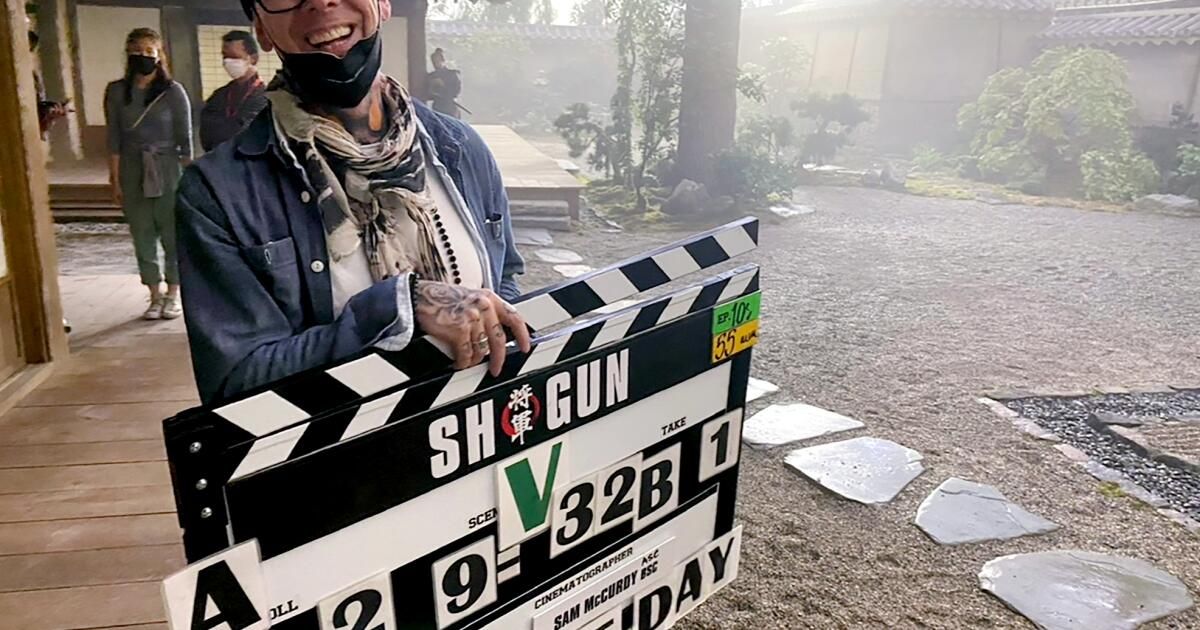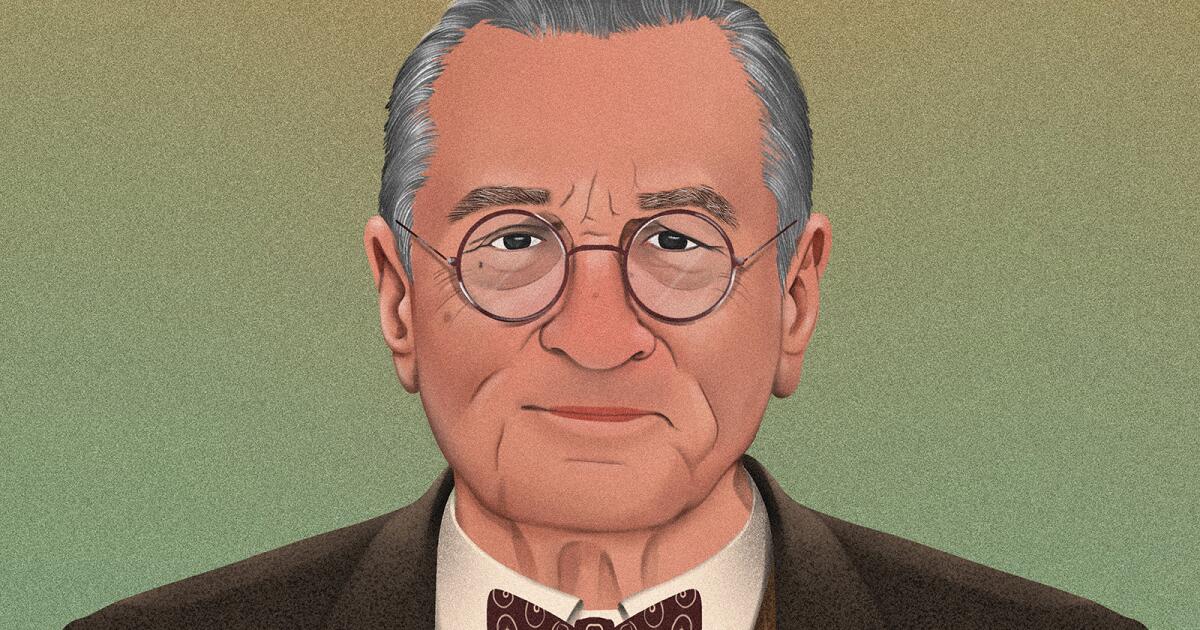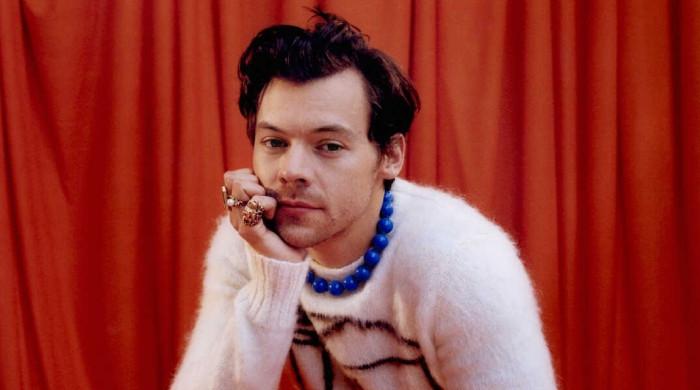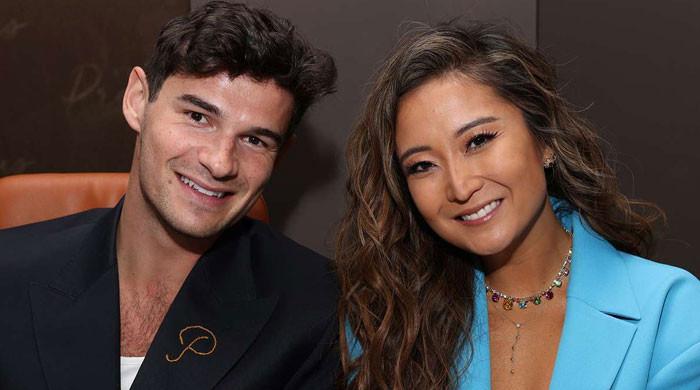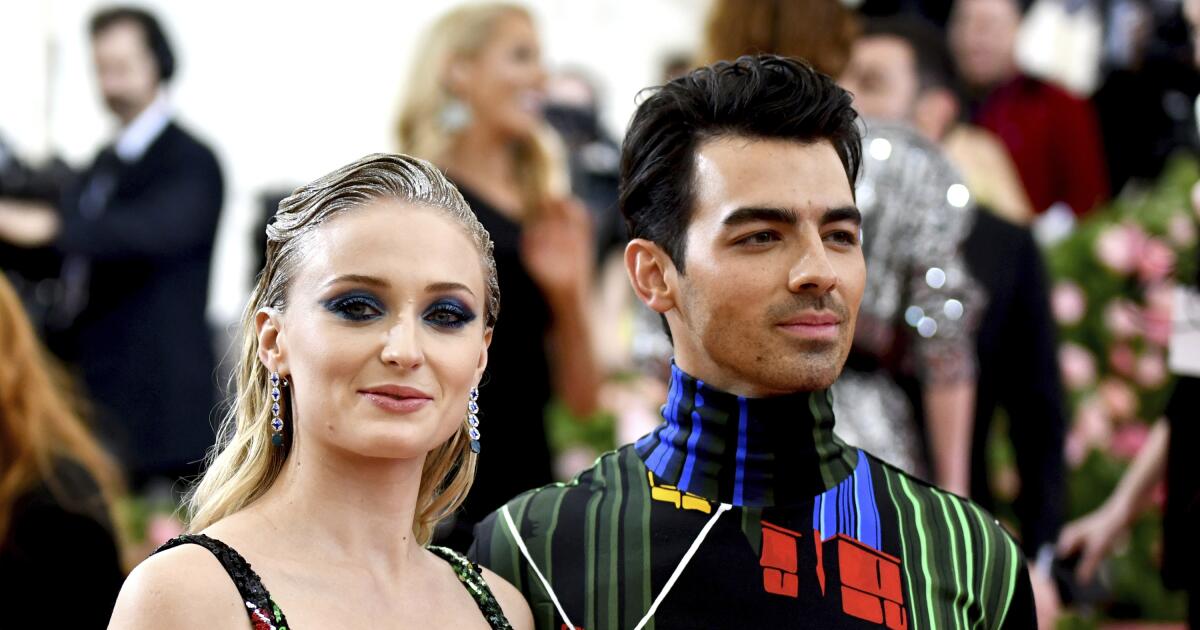Cinematographer Sam McCurdy knew he was part of something special during his nearly yearlong stint on FX’s “Shōgun,” where he shot five episodes of the 10-part historical epic set in 17th-century Japan. But the U.K. native noticed something different before the premiere, when the network launched one of its biggest pushes to launch a show in recent history.
“I remember driving to Los Angeles from Altadena on the canyon roads and somewhere in the middle of Glendale there were posters for the show,” he says. “I thought, ‘Oh, they made it this far. That’s really cool. ’ And I also remember seeing trailers in the theater. There was something that felt old school about ‘Shōgun. ’ It was more like an event.”
The great reach paid off, both critically and among the public, as a premiere broke FX's domestic and international broadcast records. When the Emmy nominations came announcedThe success continued when creators Justin Marks and Rachel Kondo told Tracy Brown of the LA Times that it was “surreal” with “Shōgun” leading the way with 25 nominations, including nominations for series, acting, production design, costume design, sound, editing and visual effects.
“We don’t do this for the awards, we do it because we love the job,” says McCurdy, who was nominated for the moving, if heartbreaking, episode “Crimson Sky,” in which one of the show’s most beloved characters dies. “But I’m forever grateful to production designer Helen Jarvis and costume designer Carlos Rosario for putting a kind of quality in front of the camera that I haven’t seen in years. It was breathtaking. The costumes, the set design, everything was incredible to photograph every day.”
Production took place in British Columbia, tying in with the lush Canadian setting for the exteriors, including an old cedar mill to stand in for the fishing village of Osaka, while Mammoth Studios in Burnaby was home to the ornate sets built for the palace chambers, ceremonial hall and samurai homes. Cinematographer Christopher Ross established the visual framework in the first two episodes (the pilot “Anjin” earned him its own Emmy nomination), and McCurdy had to expand the language to support a magnetic story of civil unrest among five council regents who rule the country, with two of them, Toranaga (Hiroyuki Sanada) and Ishido (Takehiro Hira), locked in a chess match for power.
Cosmo Jarvis as John Blackthorne and Anna Sawai as Toda Mariko in “Shōgun.”
(Katie Yu / Special Effects)
McCurdy also highlighted a blossoming relationship between a captured Englishman named John Blackthorne (Cosmo Jarvis) and a performer in Lady Toda Mariko (Anna Sawai), which peaks in Episode 4, “The Eightfold Fence.” Teaming with director Frederick E.O. Toye, the pair discussed a theme of romance. “That gave us a shorthand for visual language that was softer and more delicate, where the camera movement was always around them trying to bring them together,” McCurdy notes. Highlighting the dance were scenes of Blackthorne and Mariko conversing on a rocky outcropping and then in a softly lit natural pool before finally sharing a bed. The cinematographer composed shots with longer lenses and had the characters share the frame to highlight their affection. “I like to think we did it subtly enough that viewers would take it as a wave of feeling rather than being pragmatic with our rules,” he says.
However, the relationship comes to a screeching halt when Mariko’s husband Buntaro (Shinnosuke Abe), who was thought to have been murdered, unexpectedly returns. “Episode 5 was the breakup and we went for a more visceral, harsher framing,” McCurdy says. A perfect example of the stylistic choice comes during a tense dinner scene where Blackthorne tries to outdrink Buntaro while sharing war stories. This leads to Buntaro showing off his bow skills by having Mariko stand outside in the way. Shots narrowly miss her as she aims at the garden beyond. “The camera movement becomes more rigid and precise then,” McCurdy notes. “Instead of sliding into a close-up, we go into a close-up and either stay or move to change the perspective.”
For episode 7, “A Stick of Time,” in which Toranaga’s half-brother springs into action, a nearly monochromatic color palette was introduced with the entire episode being devoid of sunlight. “If it weren’t for the firelight, it would almost be a black-and-white episode,” McCurdy says. “In preparation, Justin [Marks] “I had noticed that ‘a fog rolls into town,’ and when I talked to him about it, he said it was the predominant fog that would take over the rest of the episodes. So we wanted to embrace the British Columbia climate and immerse ourselves in the fog, the rain, the dirt, the mud and everything else. That was like music to my ears.” The painterly aesthetic was handled by Japanese filmmaker Takeshi Fukunaga, who brought his own sensibility to the set. “He had a real way of dealing with the cast that was unlike anyone else,” McCurdy says. “It was the first time the cast was able to sit down and chat in their own language and you could really feel the ease and how comfortable everyone was.”
In “Crimson Sky,” McCurdy sought to “push Mariko’s story forward” by showing “the weight the character gained throughout the rest of the season.” What that meant was focusing a visual narrative around Mariko’s strength and connecting the camera to her perspective. “We were going to treat Mariko very uniquely,” he says. “She was going to stand proud of everyone else in the great hall scene, or in the fight sequence, or anywhere within her own space.” The resulting decision comes in a climactic moment when Mariko attempts to lead her entourage out of Osaka only to be stopped by castle guards. With every shot, including aerial views, the camera reinforces Mariko’s bold ambitions as she becomes the focal point of the story.
Even with each episode meticulously planned, McCurdy made room for the performances, especially in Episode 10 when Blackthorne invites Usama Fiji (Moeka Hoshi) to say goodbye to her baby who was sentenced to death as part of her husband’s seppuku. “The time between Episodes 4 and 5 and 9 and 10 gave us the opportunity to figure out how to subtly play with the characters,” McCurdy notes. “It’s a scene where you respond naturally to the performance and you don’t want to force anything. You don’t want to cover it up too much that it becomes a dud in the edit. The cast always informed us how we were going to shoot something, and it was always about their performances.”

